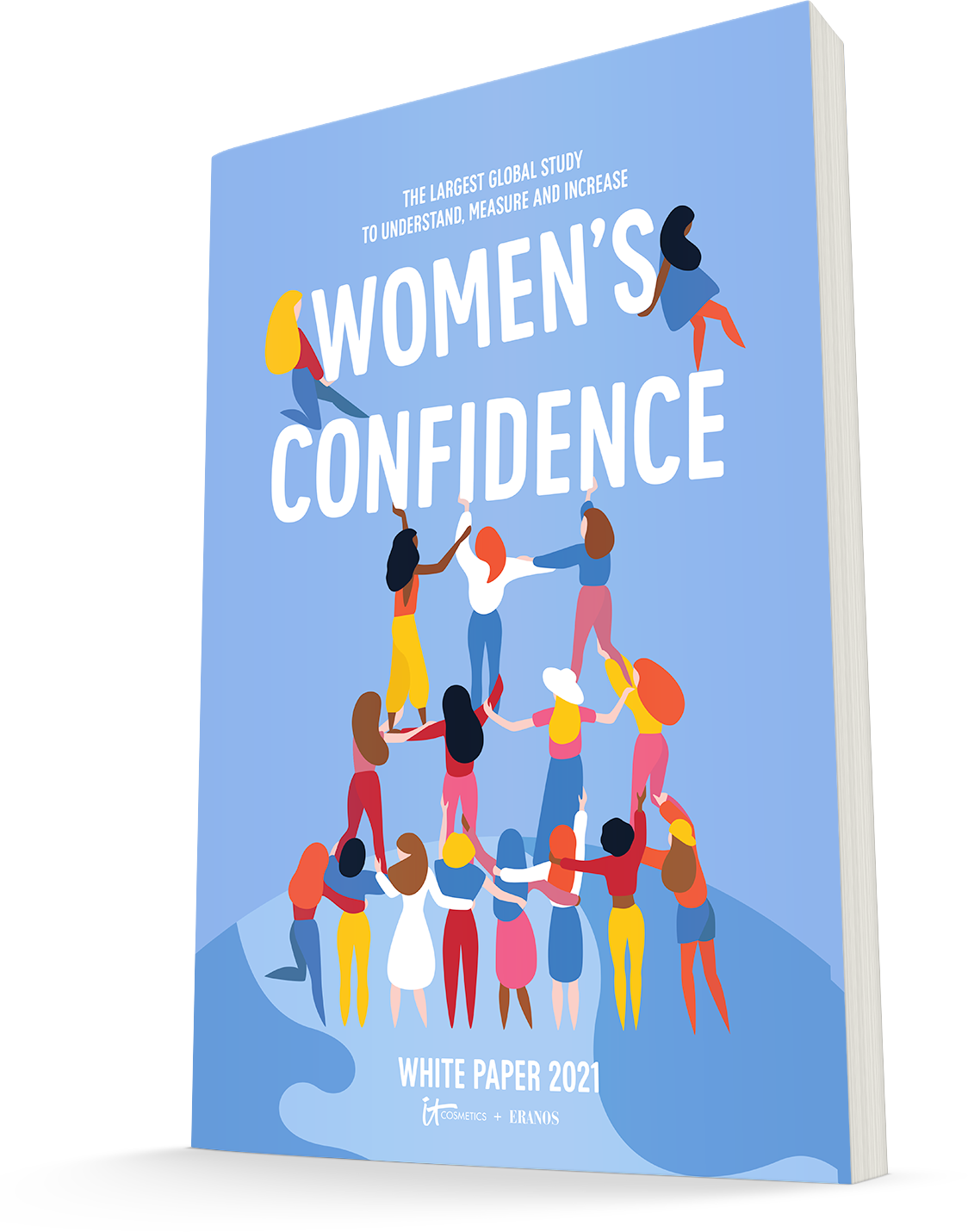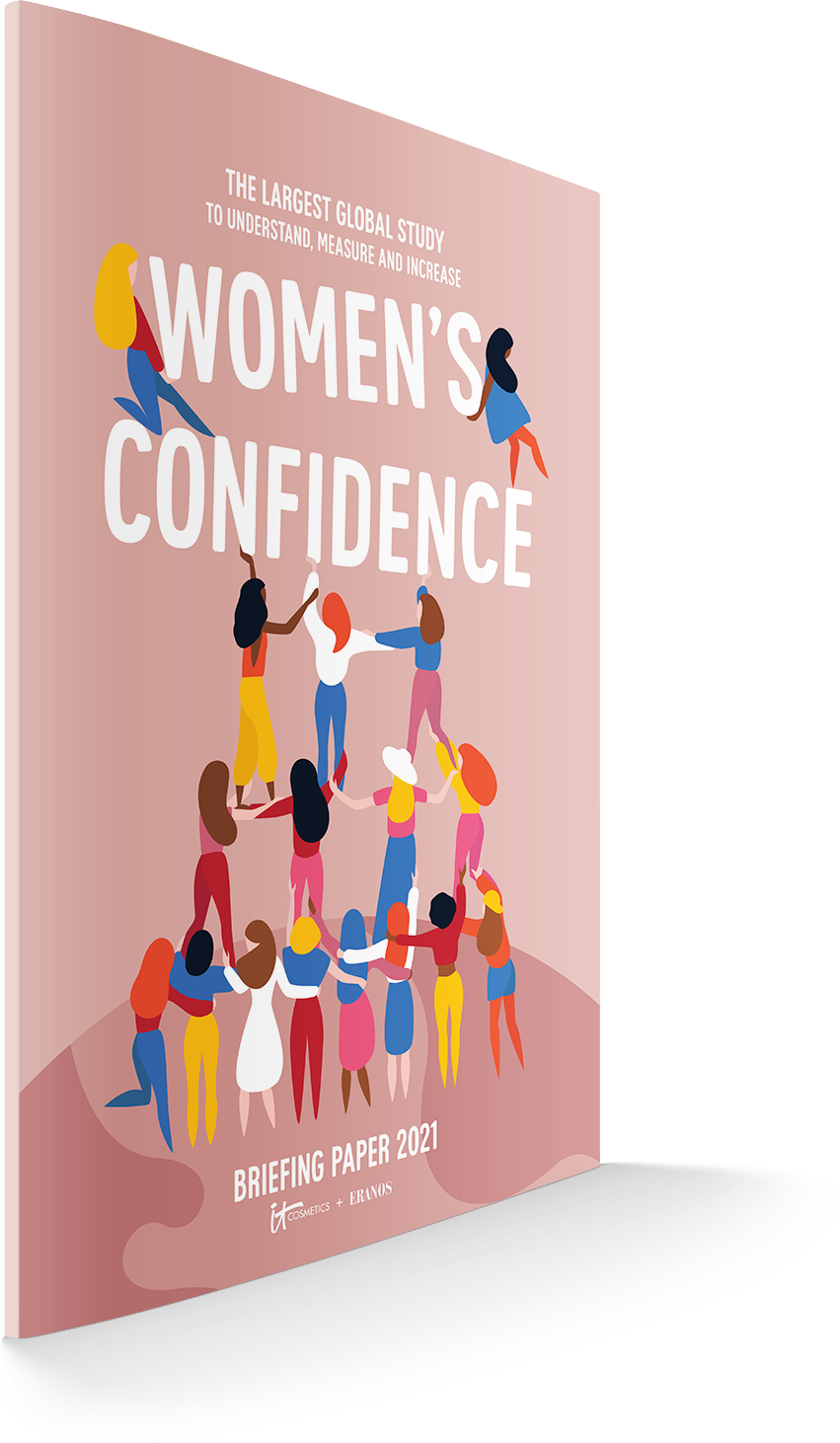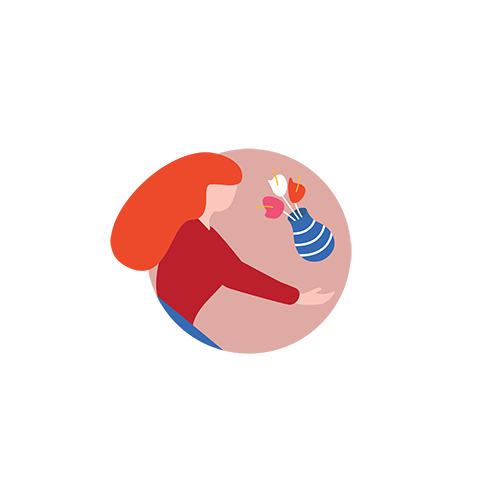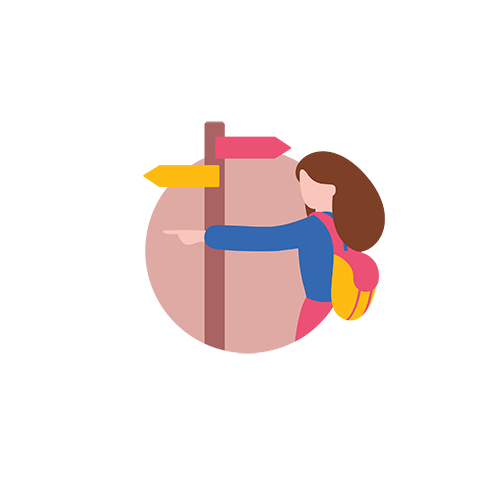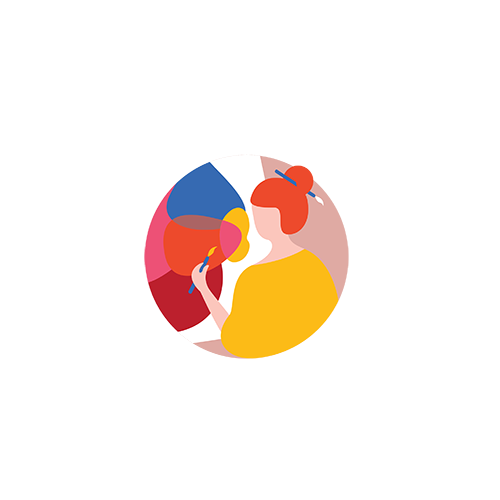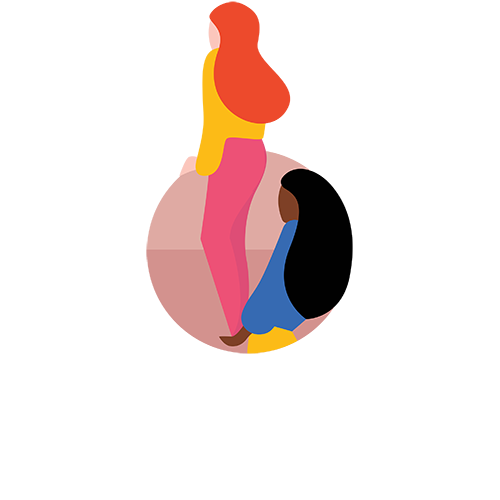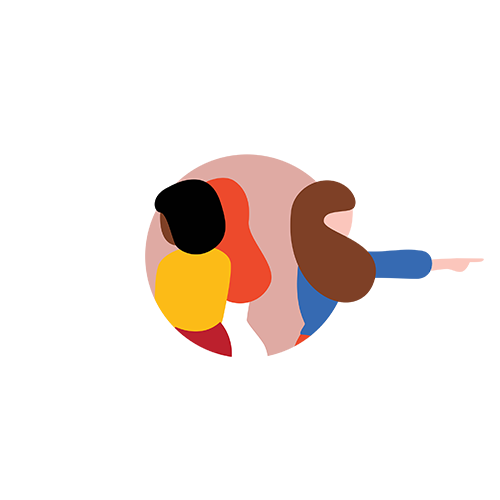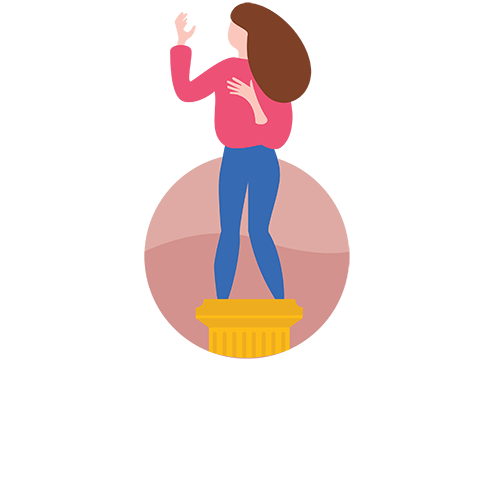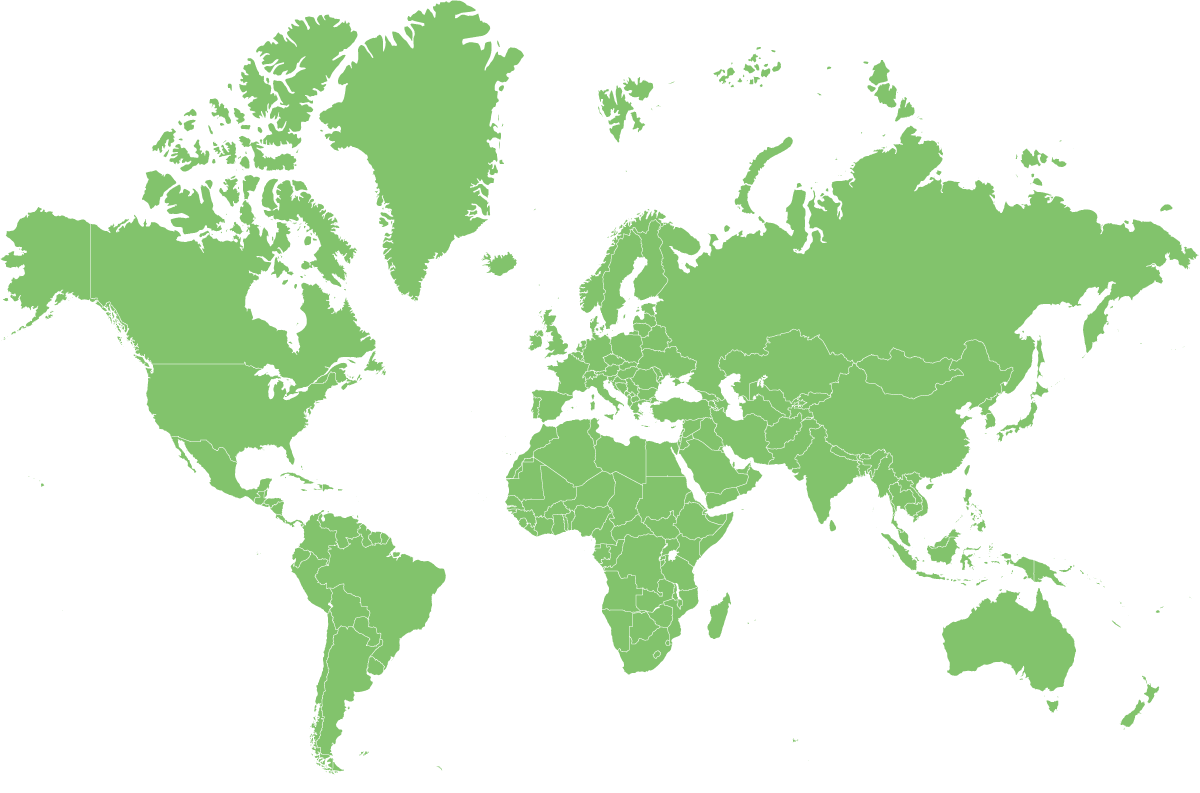Why does women’s confidence matter? Because the more confident women are, the easier it is for them to act. Confidence empowers women to talk, write, raise their hands, raise their fists, get involved in politics and even start a business. A lack of confidence can just as easily prevent women from thriving on a personal level as it can inhibit them from contributing to their communities in a meaningful way. These matters impact us all. Because when women thrive, societies prosper.
We would like to provide extensive data to world actors of civil society, as well as public and private sectors in order to reach businesses, organizations, academics, committed feminists and all curious readers who want to increase women’s confidence. We wish to help them skip the trial and error process, and immediately address what drives confidence, what compromises it and where it’s most needed.
The Largest Global Study to
Understand, Measure and Increase
